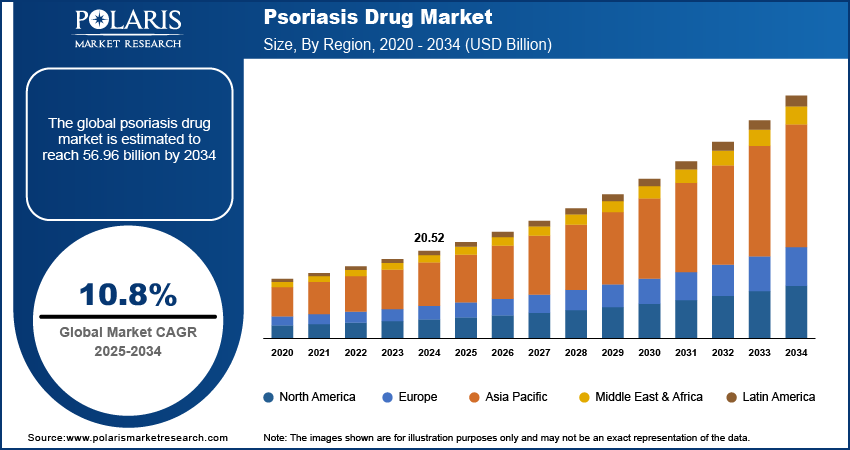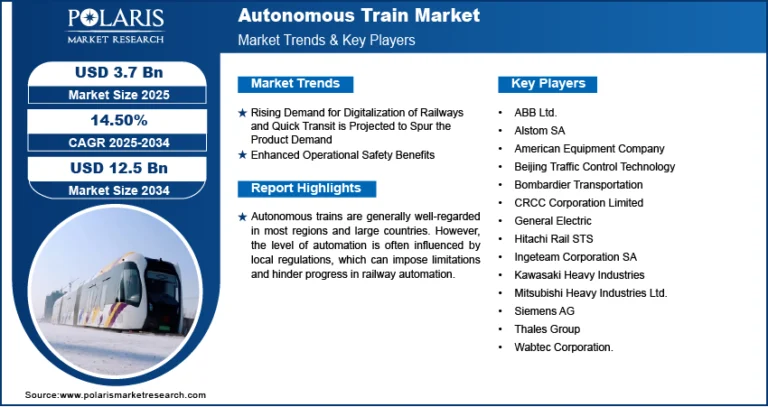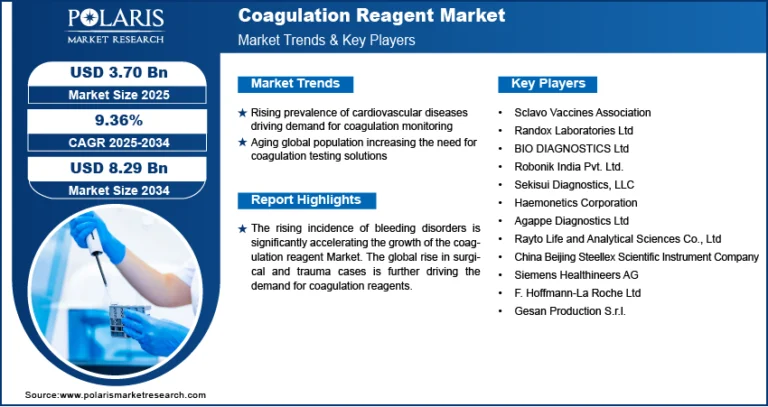Psoriasis Drug Market Projected to Hit $56.96 Billion by 2034 | CAGR at 10.8%

The global psoriasis drug market was valued at USD 20.52 billion in 2024. It is projected to grow from USD 22.63 billion in 2025 to USD 56.96 billion by 2034, registering a compound annual growth rate (CAGR) of 10.8% during the forecast period (2025–2034). The market growth is further supported by the expansion of regulatory approvals for new therapies and the introduction of innovative topical treatments.
Psoriasis Drug Market Key Trends & Insights:
- Rising global incidence of psoriasis is creating strong demand for effective therapies.
- Increased preference for biologics and biosimilars due to better clinical outcomes.
- Advancements in immunology and targeted drug delivery are shaping treatment innovation.
- Growing healthcare spending and insurance coverage are improving access to medications.
- Expansion of product pipelines and clinical trials by major pharmaceutical firms.
- Enhanced patient awareness and support programs are promoting treatment adherence.
Market Size & Forecast:
- Market size value in 2025 – USD 22.63 billion
- Revenue forecast in 2034 – USD 56.96 billion
- CAGR – 10.8% from 2025 – 2034
𝐆𝐞𝐭 𝐄𝐱𝐜𝐥𝐮𝐬𝐢𝐯𝐞 𝐒𝐚𝐦𝐩𝐥𝐞 𝐏𝐚𝐠𝐞𝐬 𝐨𝐟 𝐓𝐡𝐢𝐬 𝐑𝐞𝐩𝐨𝐫𝐭:
Psoriasis Drug Market Overview:
The psoriasis drug market is witnessing steady growth due to the increasing prevalence of psoriasis, rising awareness, and improved diagnostic rates. Psoriasis, a chronic autoimmune skin condition, affects millions globally, with plaque psoriasis being the most common form. The growing demand for long-term treatment solutions and advancements in biologics and small-molecule therapies are major factors contributing to market expansion. Biologic drugs, particularly those targeting IL-17, IL-23, and TNF-alpha, dominate the market due to their superior efficacy and targeted mechanism of action. Additionally, the approval of new drugs like TYK2 inhibitors and innovative topical treatments is further enhancing the therapeutic landscape.
Developed regions such as North America and Europe currently lead the market, supported by strong healthcare infrastructure, high healthcare spending, and early adoption of advanced treatments. However, the Asia-Pacific region is expected to witness the fastest growth owing to increasing healthcare access and rising incidence of skin disorders. The market is also driven by ongoing R&D efforts, strategic collaborations, and the launch of biosimilars, which offer cost-effective alternatives. Despite the high treatment costs and patent expiries posing challenges, the psoriasis drug market holds significant potential due to its evolving drug pipeline and growing patient population.






